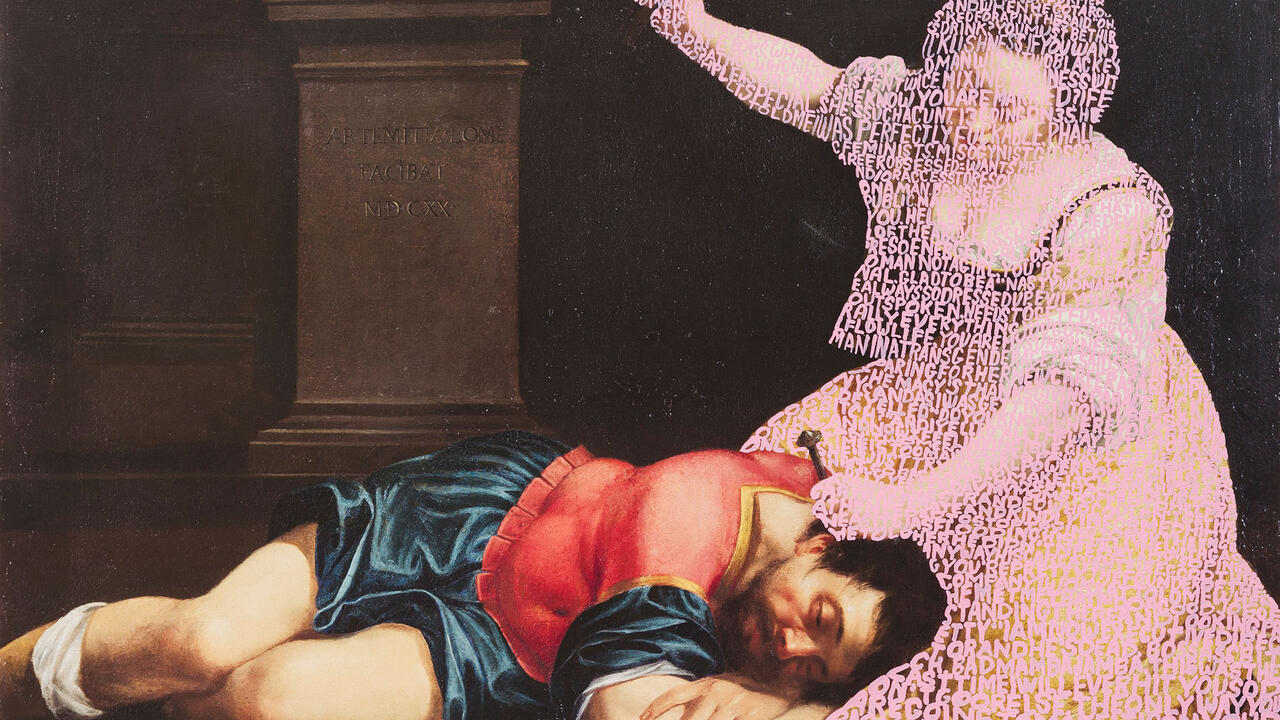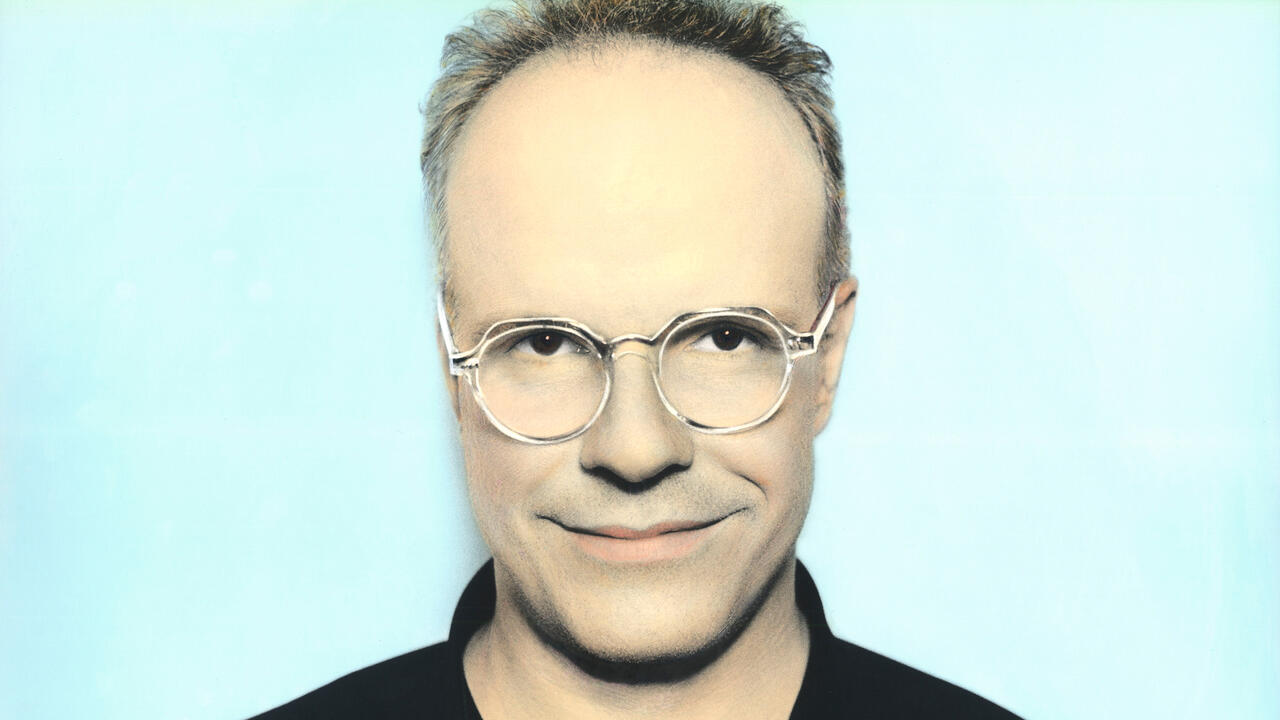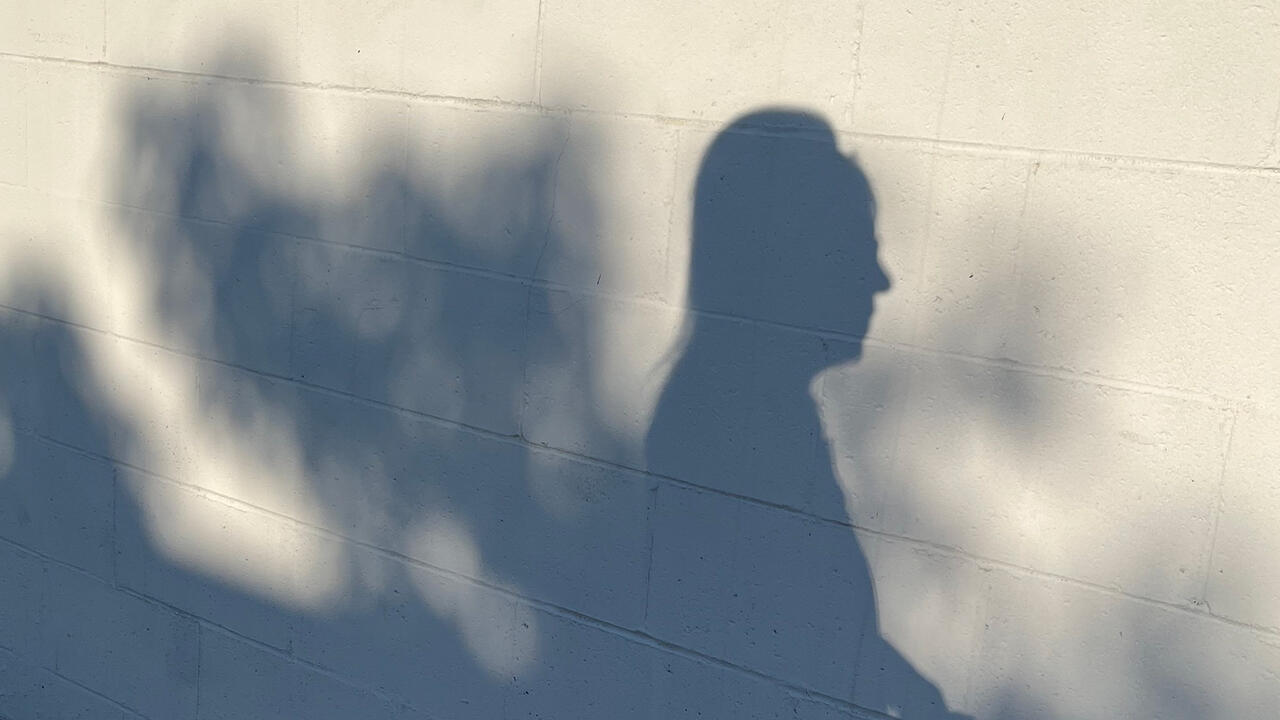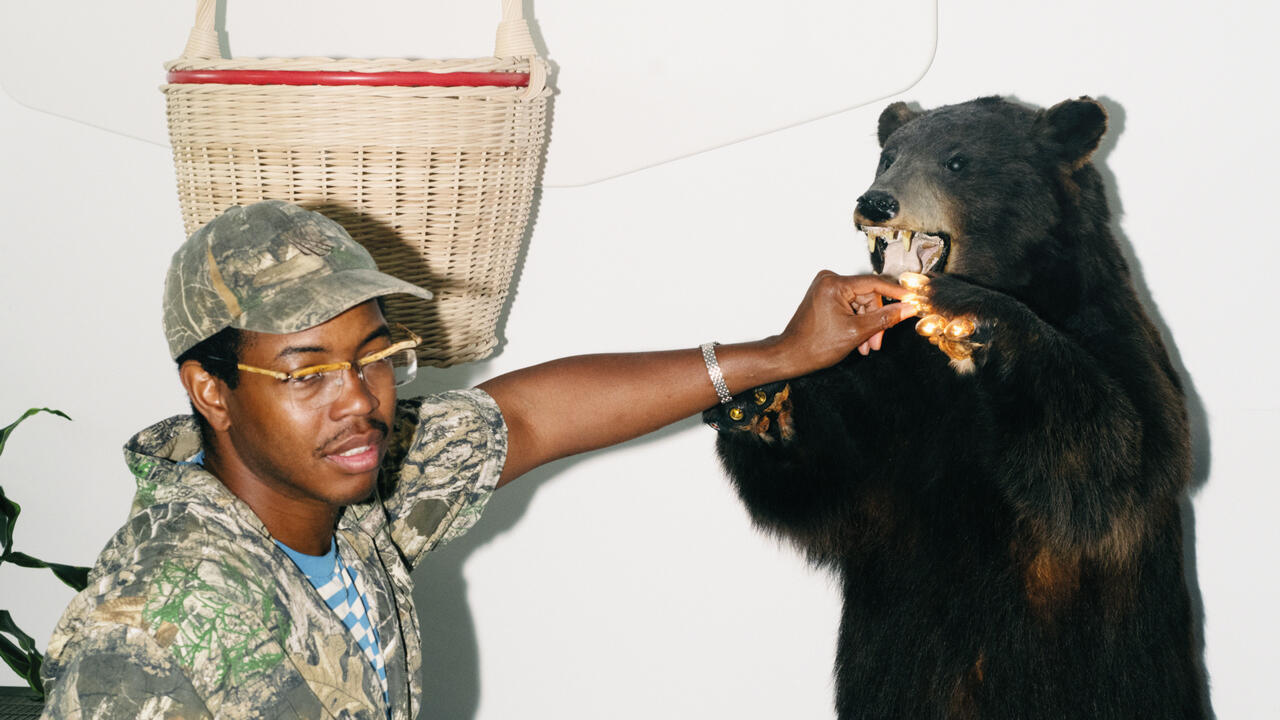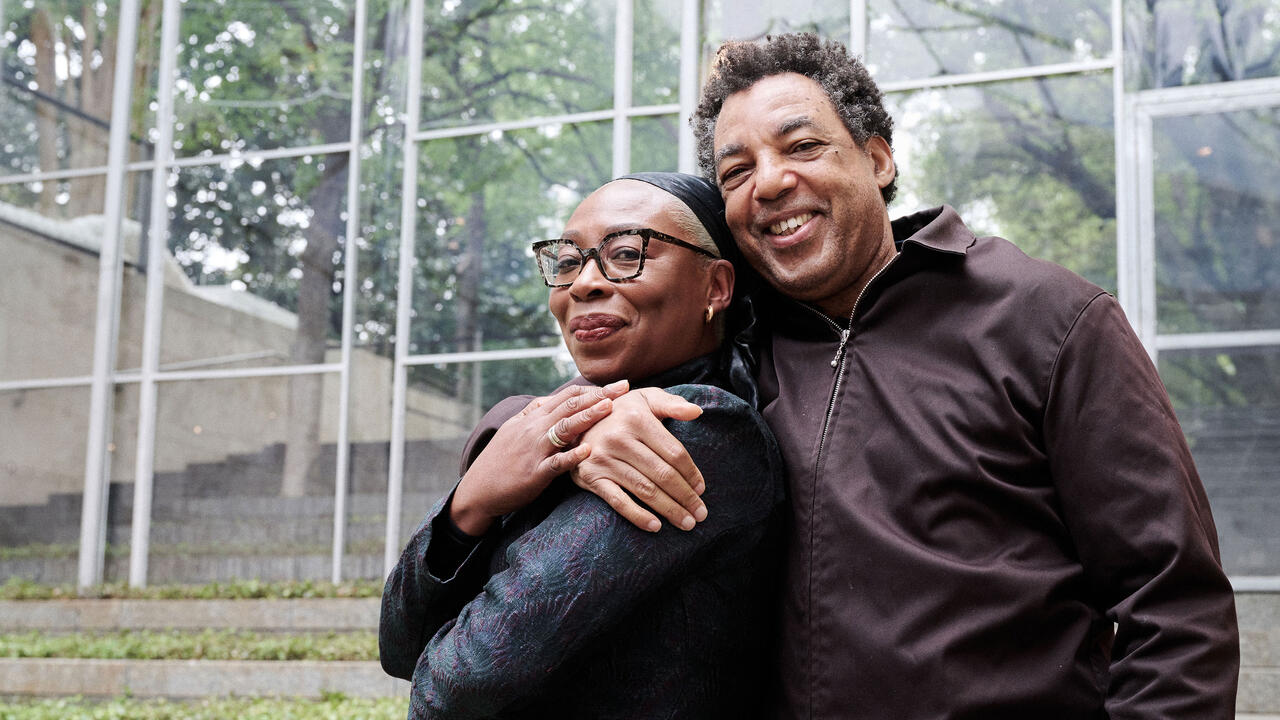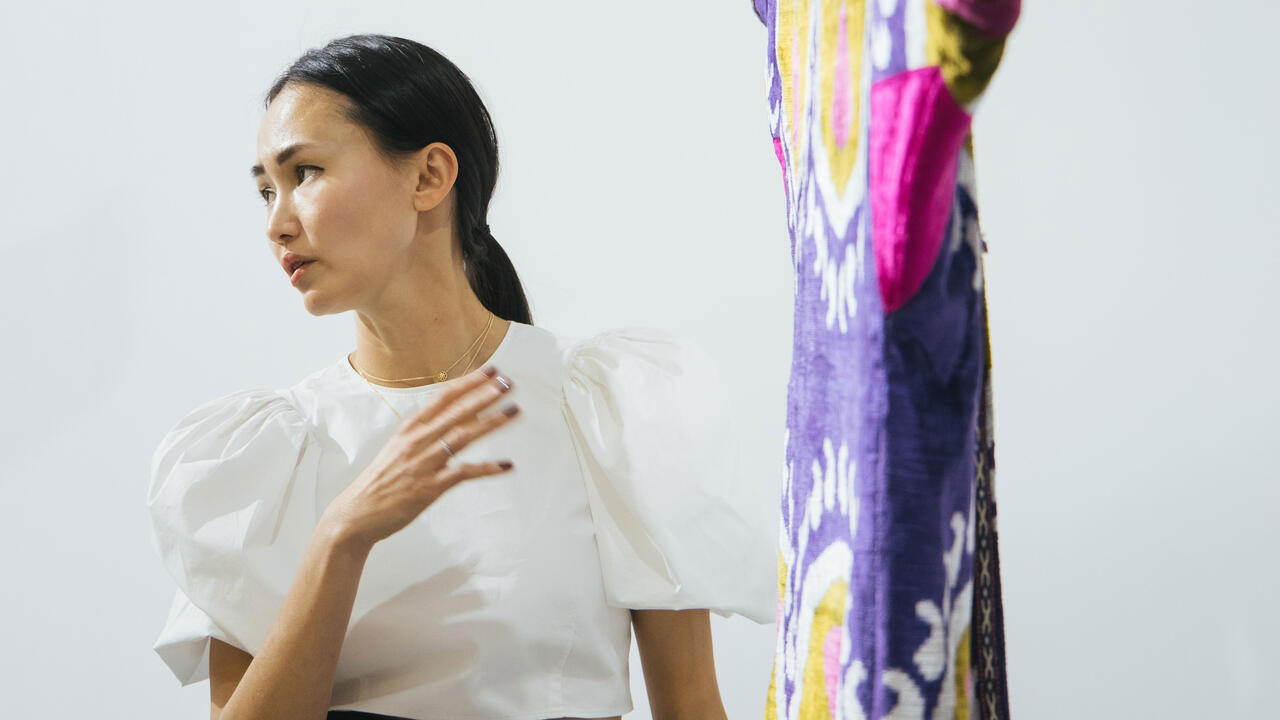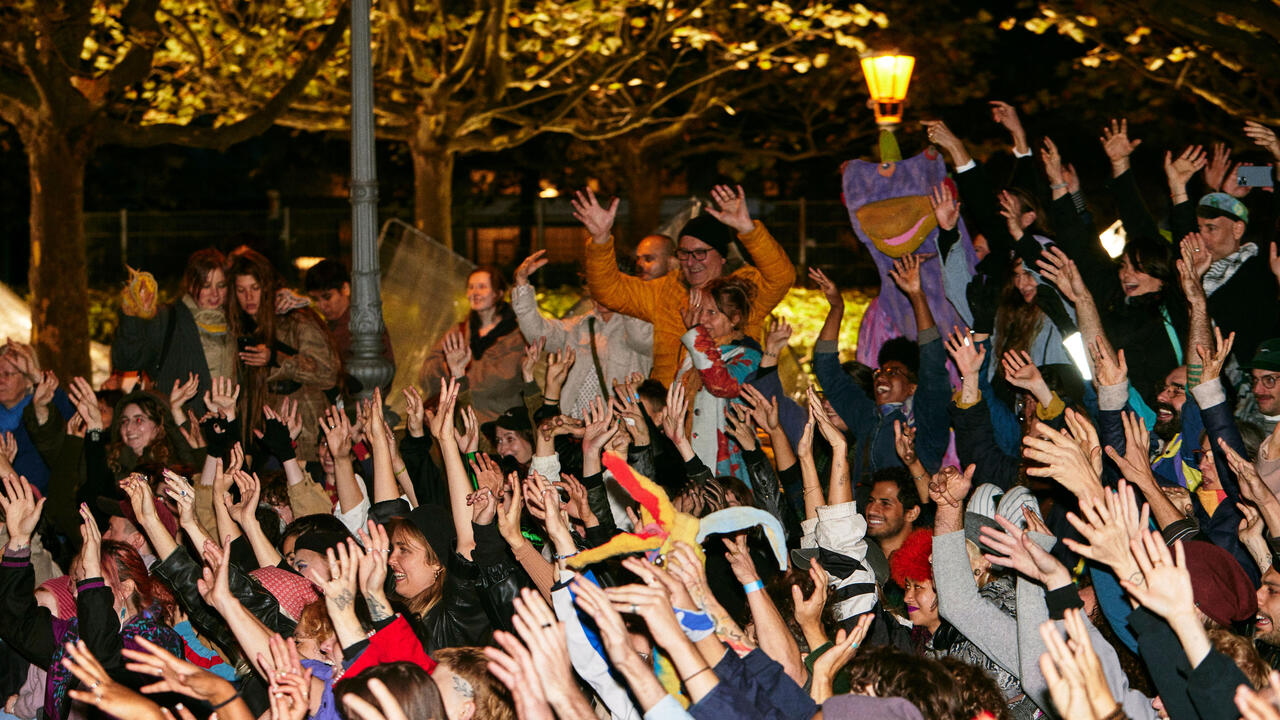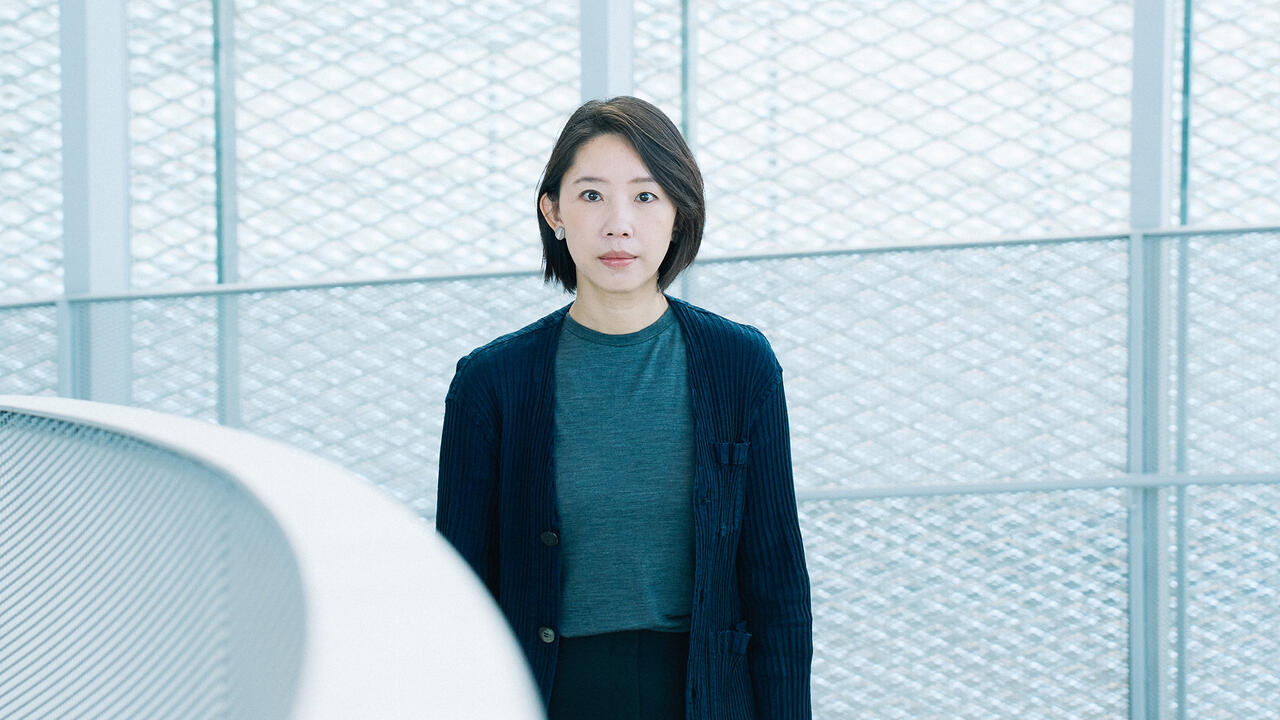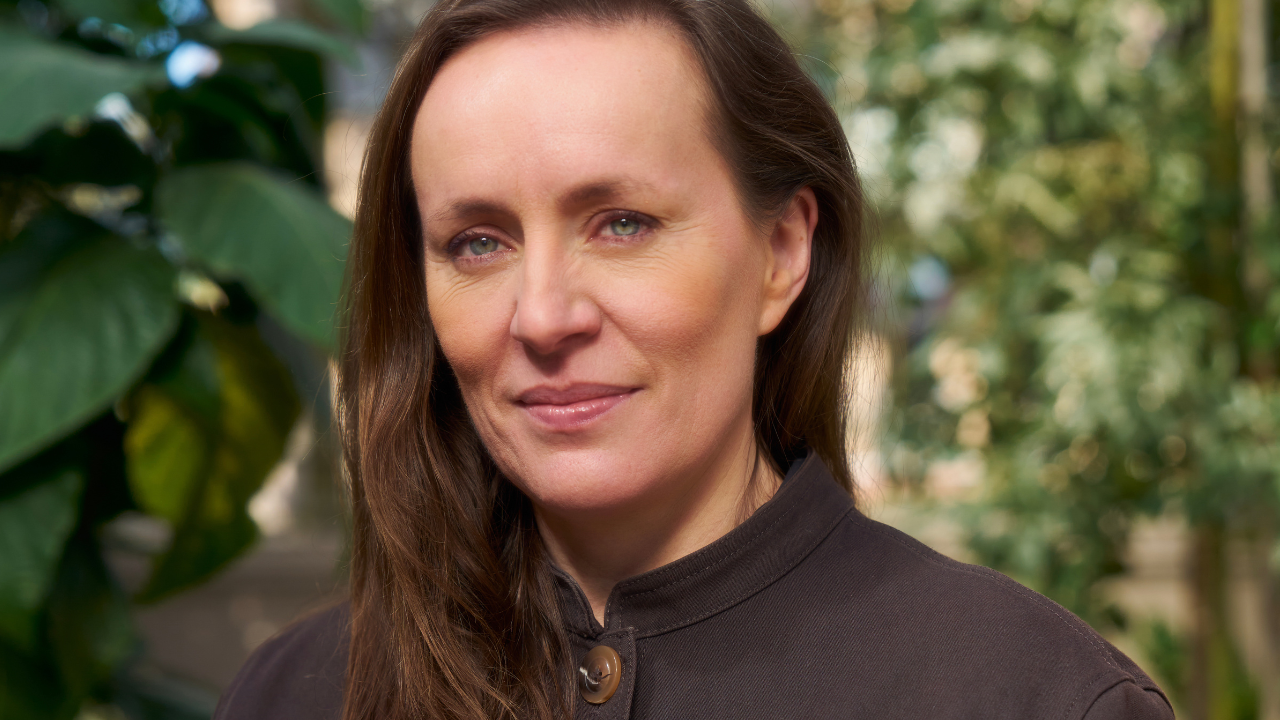In Profile: Abigail DeVille
The New York-based artist on her exploration into lost and found histories, installation as urban tapestry and the paradox of ancestry
The New York-based artist on her exploration into lost and found histories, installation as urban tapestry and the paradox of ancestry

It wouldn’t come as a shock to see Abigail DeVille sifting through a dumpster or scouring piles of rubbish in a junkyard. Her sculptures comprise disused materials sourced from the location in which she’s exhibiting and there’s even a video of her pushing a cart filled with discarded items down a Harlem street. One person’s trash is another’s treasure, as the saying goes, and for DeVille this couldn’t be more true.
A New York City-native, DeVille combines her found objects into site-specific sculptures and installations, often made in response to lost or forgotten histories. For example, an installation currently on view at the Contemporary Art Museum St. Louis is centred around a large skeletal wooden dome inspired by the architectural structure of the local courthouse where slaves were once sold and where the landmark Dred Scott v. Sandford case – ruling that black slaves could not be U.S. citizens – was first heard. In her practice, the process of researching and understanding a location or population’s history is just as important as the final output.
DeVille, who received her BFA from the Fashion Institute of Technology and her MFA from Yale, is currently competing the Rauschenberg Residency in Captiva, Florida and recently debuted new installations in Moss, Norway for the biennial Momentum 9 (which runs 7 June – 11 October). More than sculpture and installation, DeVille also incorporates public performances (which she terms ‘processionals’) and set design for theatre productions into her practice. Shortly after she returned from Moss, I spoke with the artist over the phone.

Emily McDermott You often use the metaphor of a black hole for the forgotten and unknown histories you explore. When did you start using this terminology?
Abigail DeVille I started thinking about supernovas around 2008. Then, in 2009, when I was in grad school, I found out that my maternal grandfather Francisco Antonio Cruz – who was Dominican, never spoke English and passed away when I was two months old – had written multiple books. He was a former journalist, and in 1947 wrote a book titled Genesis, Evolution and Agony of the Dominican Communist Party. He was run out of the country in the early ’60s which is why my mother emigrated to New York City. Anyway, I found one of his books of poetry via an interlibrary loan and had friends help me translate the Spanish text. It was all about the cosmos. So as I was thinking about these invisible histories and invisible conversations, I also started thinking about cosmology and black holes as a compositional device, as a way to organize vast amounts of material and information. Since black holes are invisible, they can take any form.

EM Most of your work deals with American history. I’m curious how being in Moss, Norway affected your process.
AD It was very challenging, which I love. I couldn’t find any local history in English, so I had to make the pieces based on what is happening now and in the last 20 years. Moss was founded by the Vikings 900 years ago and in the 1600s it became an industrial hub. It still has one or two functioning factories, but the town is teetering on becoming post-industrial. Factories that were open for 300 to 400 years have recently shuttered. Many homes in one specific neighbourhood are small-scale and modest; immigrants live here and all of the houses are going to get demolished because the city wants to expand the train station. These expansion plans were set in place 20 years ago when there were more factories. Then there’s a paper mill across from the installation I made which closed in 2012. Everything except the smokestack is going to be demolished to make room for luxury condos, to make the town attractive to people in Oslo.
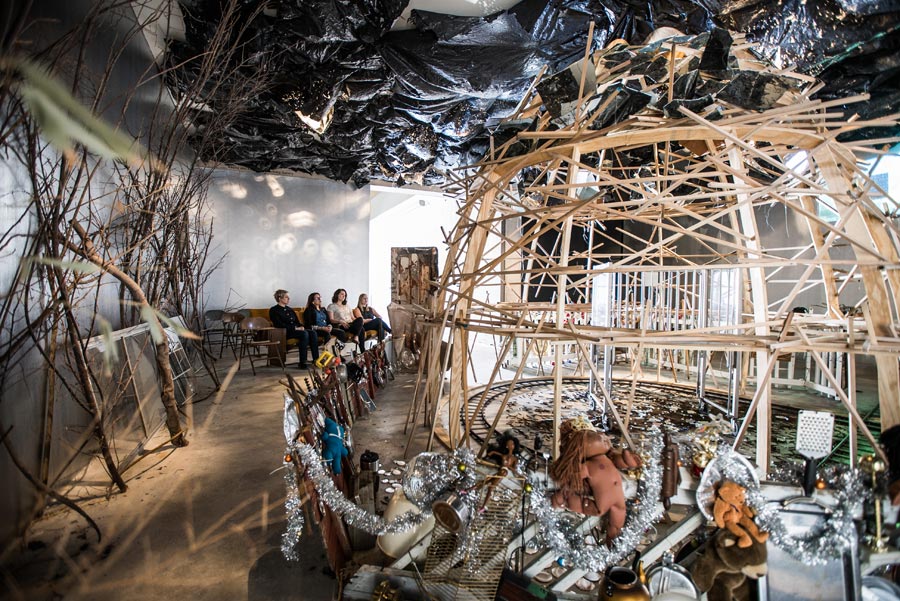
EM How do you balance research and production? Where does one end and the other begin?
AD The research is the preliminary foundational layer of why something has a reason for being. I have a non-stop questioning process, including questioning myself, as to why a thing should be made, what it is, how people interact with a space, and what the forms mean in reference to the history I’m navigating. Without that information, nothing can happen. I respond intuitively, but it’s an informed intuition. I have to know why.
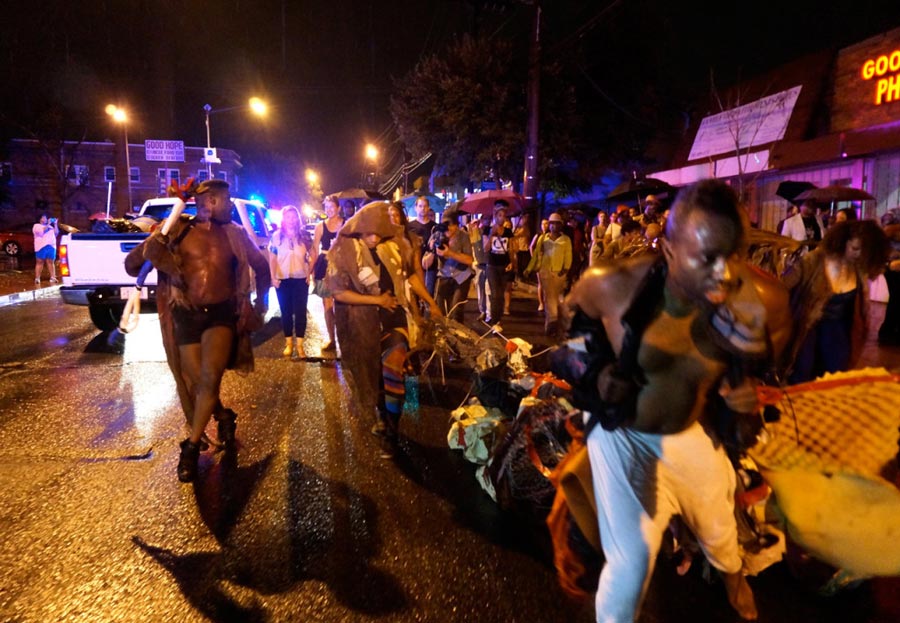
EM Can you tell me about the thought process behind your ‘processionals’, which have taken place in New York, Baltimore, and Washington D.C.?
AD I was originally thinking about the Great Migration and the six million African-Americans who went from the South to the North, East and West of the US, populating city centres throughout the 20th century. Now there’s a reversal, where people are leaving these city centres because they can’t afford to live there anymore. People who were redlined to specific neighbourhoods now can’t stay because of gentrification. So people have slowly started moving south, the place their ancestors left 100 years ago. So I’m thinking about the migratory patterns of people leaving because of discrimination throughout American history, and more specifically African-American history.
The processions are in defiance of active and strategic historical erasures that proliferate our present moment.
Each processional is different, but one garment has stayed the same. It’s a 15-foot-long wearable net, a catchall of domestic items, such as clothing, musical instruments, pots and pans. You are carrying everything in your life or history as you move from place to place. Things get caught in the net, things get dragged along with you, or they fall off. It is also about the reclamation of space – in spaces that have been privatized and their uses obscured by bureaucracy. The processions are in defiance of active and strategic historical erasures that proliferate our present moment.
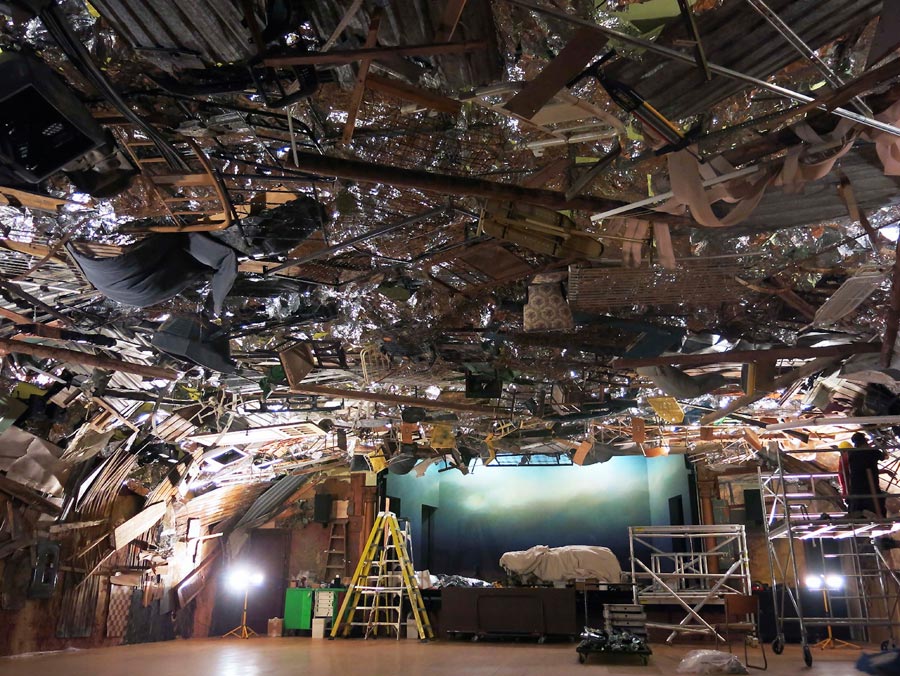
EM Going back to the beginning, what originally inspired you to use found objects from specific locations?
AD [laughs] Probably the same reason guys like Robert Rauschenberg and Claes Oldenburg did it in New York: straight economics. I was a student at the Fashion Institute of Technology and really interested and invested in painting, but I never had money to buy oil paint. I got really dissatisfied with [canvas] stretching and my work kept getting bigger and bigger. I wanted to make these large things filled with everything you could imagine – I thought of them as urban tapestries and Venn diagrams – so I just started using whatever I found on the street. In New York City during the late ’90s and early 2000s there was an abundance of album and party promotional materials stapled to street lamps and signposts. I used them as the foundational layers for large-scale collages. Now, when I research the history of a location and scavenge for locally sourced materials, such as domestic debris, natural and reclaimed building materials, they are subject to being from the same time and place in an archeological sense; reanimating history through the present.
EM I want to talk about how you feel about showing work in commercial venues opposed to institutions or public locations.
AD I find commercial spaces the most difficult to wrap my head around. We’re all walking around with our own baggage and histories, and a lot of times the work that ends in the commercial sphere, in a white sanitized space, is made in response to my personal struggles and history, rather than in response to the site. I find that to be the most challenging thing – this internal struggle and conversation about what and why.

EM What helps you come to terms with this struggle when showing in a commercial space?
AD What grounds me goes back to DNA – how your genome is 500 years of ancestry and how you can have conversations with ancestors that you don’t know about. I can go back and learn from information that is lost to myself. When I was a kid, I would draw in the air a lot. My parents thought I was strange, but I was drawing my grandfather’s face – the one who died when I was two months old, who I never met. I’m always thinking about this connection or conversation you can have with people who you never knew, yet they’re a part of you and their history is part of what makes you who you are.
I think about a quote from an LA Times article: ‘Ancestors are a paradox: They are you, and they are not. “You are walking with all the DNA of your ancestors for 500 years in your genome, so you’re a walking extension of them,” said [Henry Louis] Gates [Jr.]. “They are not talking to you, but they are walking with you.”’








